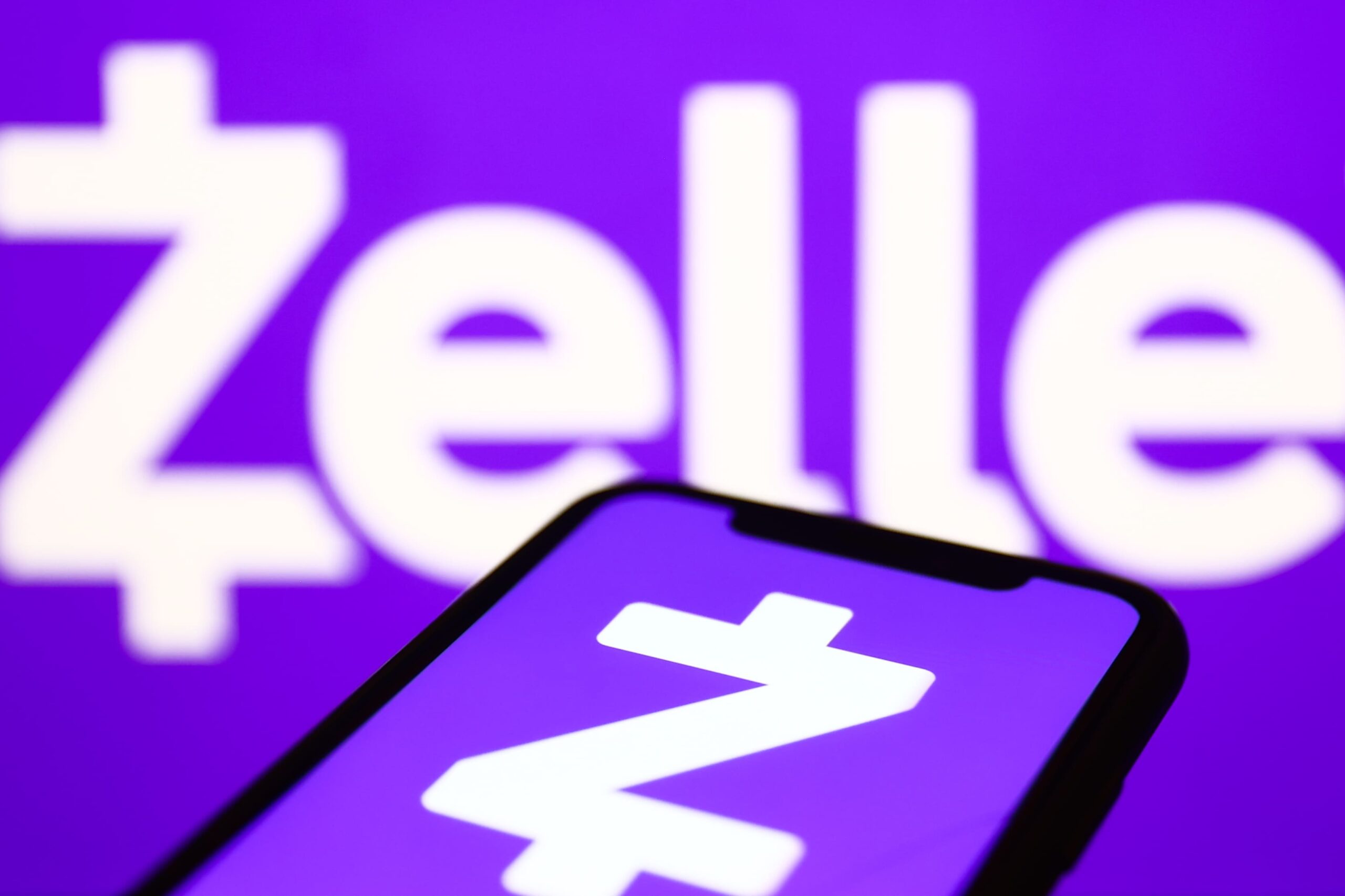
With Amazon Prime Day just around the corner on Tuesday, July 16 and Wednesday, July 17, many shoppers are gearing up to hunt for bargains. However, it’s essential to be vigilant, as fraudsters are also preparing to take advantage of the shopping frenzy.
One growing scam involves fraudsters creating fake Amazon lookalike websites to lure unsuspecting shoppers. They often hook victims with phishing emails that promise enticing Amazon offers, making them appear legitimate.
According to Sectank, over a thousand new Amazon-related domains were created in June 2024 alone, with about 85 percent classified as malicious or suspicious. These fraudulent sites typically ask you to log in with your Amazon account, capturing your login credentials to take over your account and either make purchases or sell your personal data.
Scammers gain trust by registering official-sounding domains such as “amazon-onboarding,” “shopamazon,” “amazon-billing,” or “connect-amazon.” They might also use country identifiers to mimic region-specific Amazon stores, though they’re actually .com addresses.
Protect Yourself from Fake Amazon Phishing Sites:
- Scrutinize Emails: Pay special attention to all emails, even those that seem legitimate. Double-check and triple-check every detail to ensure it’s not a copycat.
- Avoid Sharing Sensitive Information: Official emails from Amazon or affiliated partners will never ask for login details or other sensitive information. Be wary of any email that does.
- Check Links Carefully: Hover over every link to ensure the destination URL points to an official Amazon site. For added safety, manually type the domain into your web browser instead of clicking links.
- Look for HTTPS: When visiting a website, always check for “HTTPS” at the start of the URL, indicating an encrypted connection.
- Evaluate Offers: Carefully check every offer before you buy. If a deal seems too good to be true, it probably is. Scammers often use such tactics, like the infamous Amazon triangle scam, to deceive shoppers.



